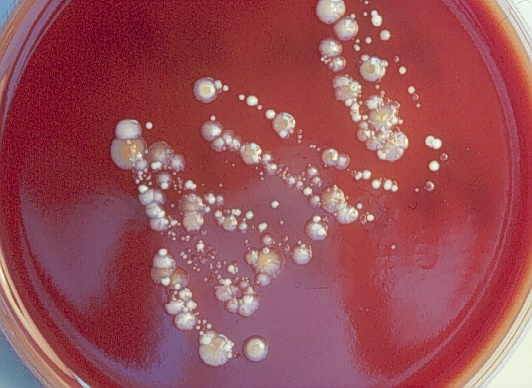Calcium Hydroxide: Antimicrobial effect




Calcium hydroxide has reached a unique position as a dressing in endodontics. After its successful clinical application for a variety of indications (Heithersay 1975), multiple biological functions have been ascribed to this chemical compound (Foreman & Barnes 1990). Its primary function is probably antibacterial in most clinical situations, with added benefits from its cauterizing activity and the high pH, and also from the paste consistency which physically restricts bacterial colonization of the canal space. calcium hydroxide is applied as a thick, creamy suspension in sterile water, saline, or salt solutions with or without other additives. Small if any differences have been reported in the efficacy of different preparations (Kirk et al 1989).
Purulent exudate is a clear sign of infection and is usually easily controlled by instrumentation and dressing with calcium hydroxide. A serous exudate ('the weeping canal') is a more elusive clinical condition. It may show no bacterial growth if cultured and can be resistant to control by conventional instrumentation and dressing. It is usually associated with a relatively large apical foramen or an overinstrumented, patent foramen. Dressing with calcium hydroxide for extended periods may be necessary to control the exudation. Sometimes the application for a few minutes of dry calcium hydroxide packed against the exudating surface succeeds in desiccating or necrotizing that surface to the point where seepage is controlled and treatment may continue.